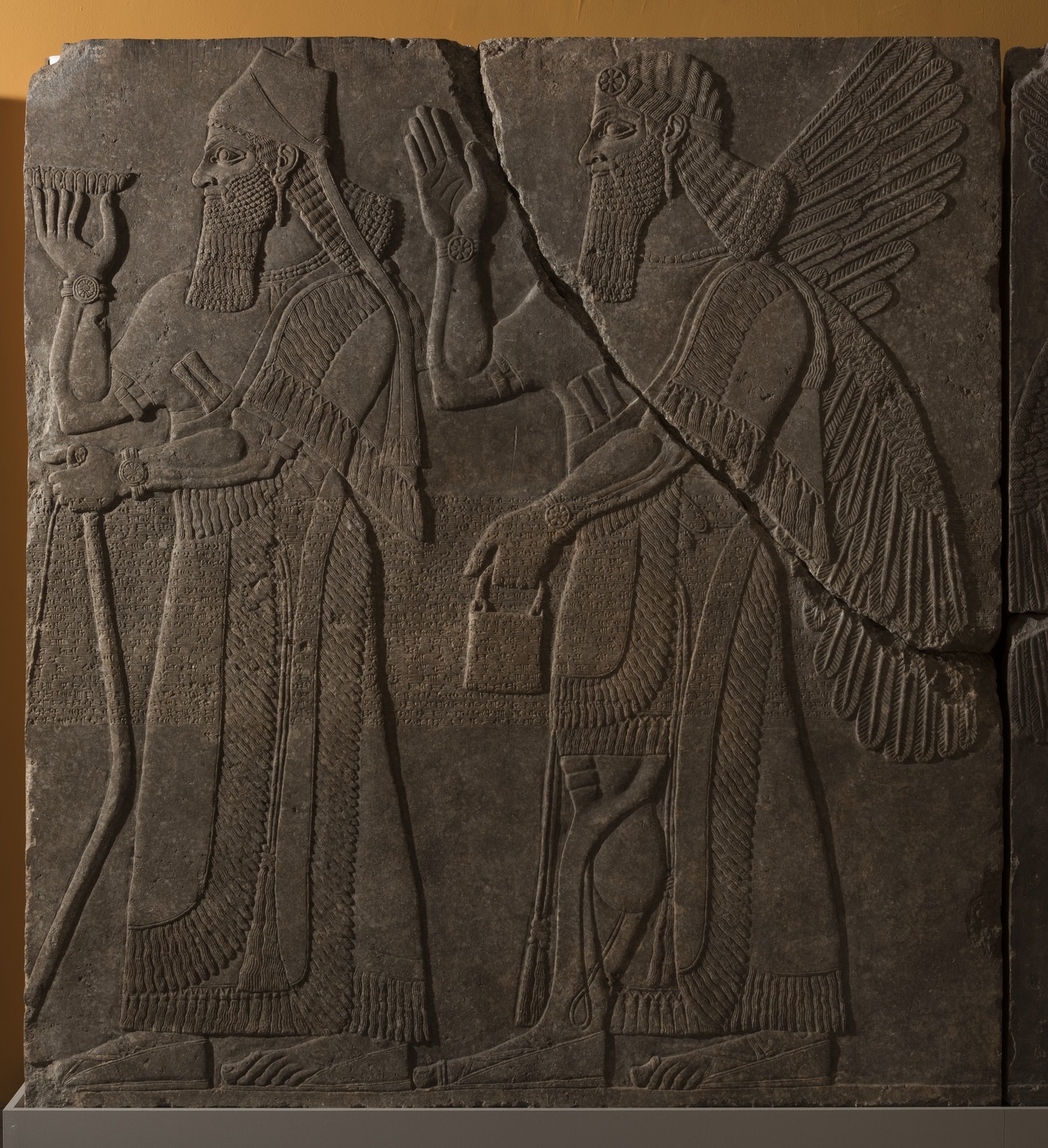Anyone who has ever laid eyes on me will know that I have as much fashion sense as a medieval court jester. But even I know not to wear socks with sandals. But the other day, when I went to see the new exhibition Africa & Byzantium at the Met (which I quite liked, especially the ancient stuff), I learned that this fashion felony did not originate in any of the more obvious places (e.g., England, Germany, your uncle’s house) but in Late Antique Egypt. Behold:

This is a linen burial shroud, very likely from Egypt, with a painting of a woman, presumably meant to represent the deceased. She wears a fringed garment and, horrifyingly, red socks and sandals.
But it gets worse. This is not simply a case of an artist playing a cruel posthumous prank on the dearly departed by depicting her as a summer camp music teacher. The Egyptians actually dressed this way, as proven by the fact that such socks actually exist. In fact I found a red pair in the Victoria and Albert Museum, excavated at Oxyrhynchus:

It chills my blood just to look at them.

